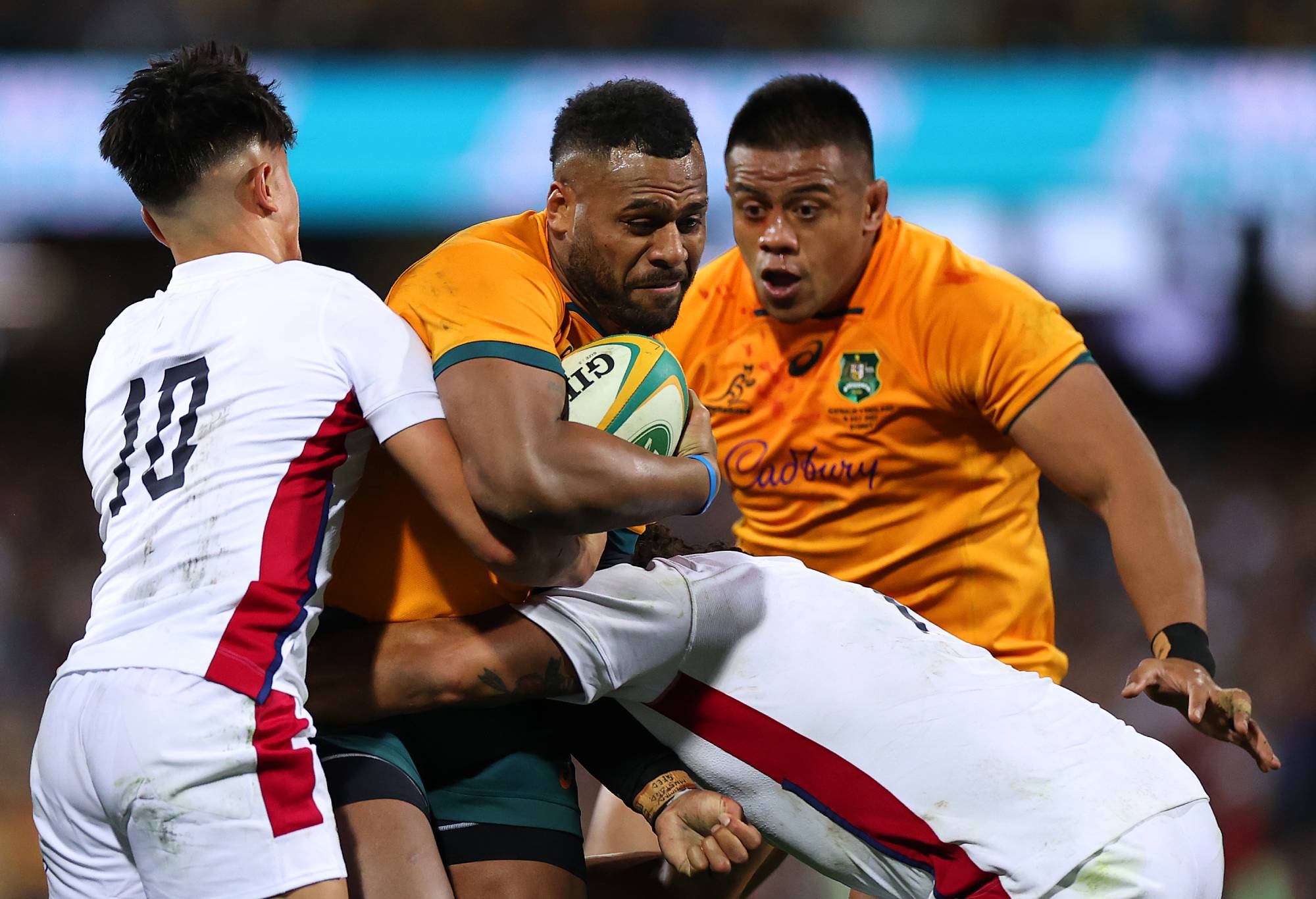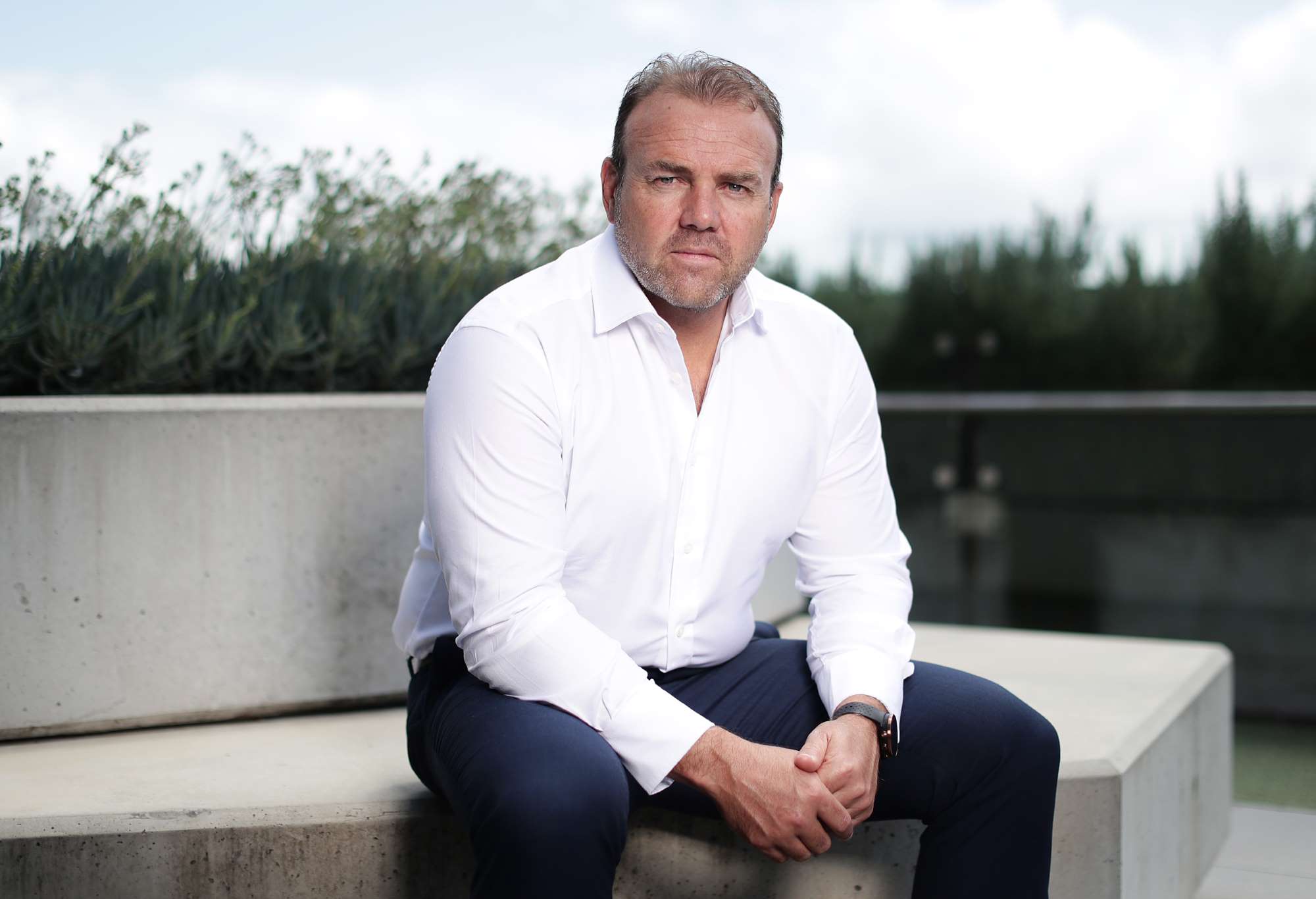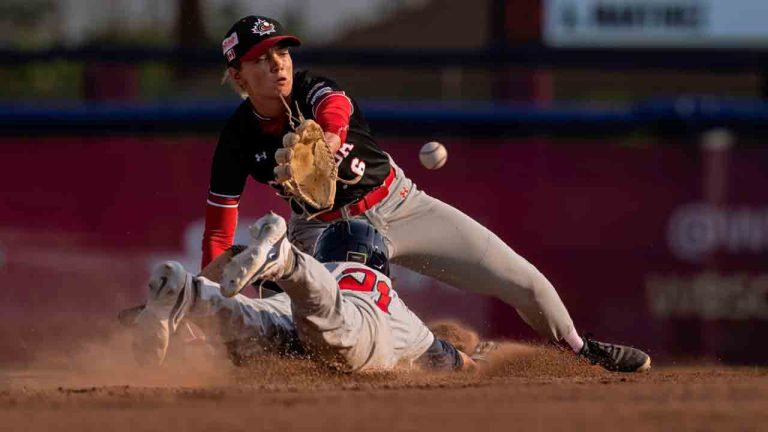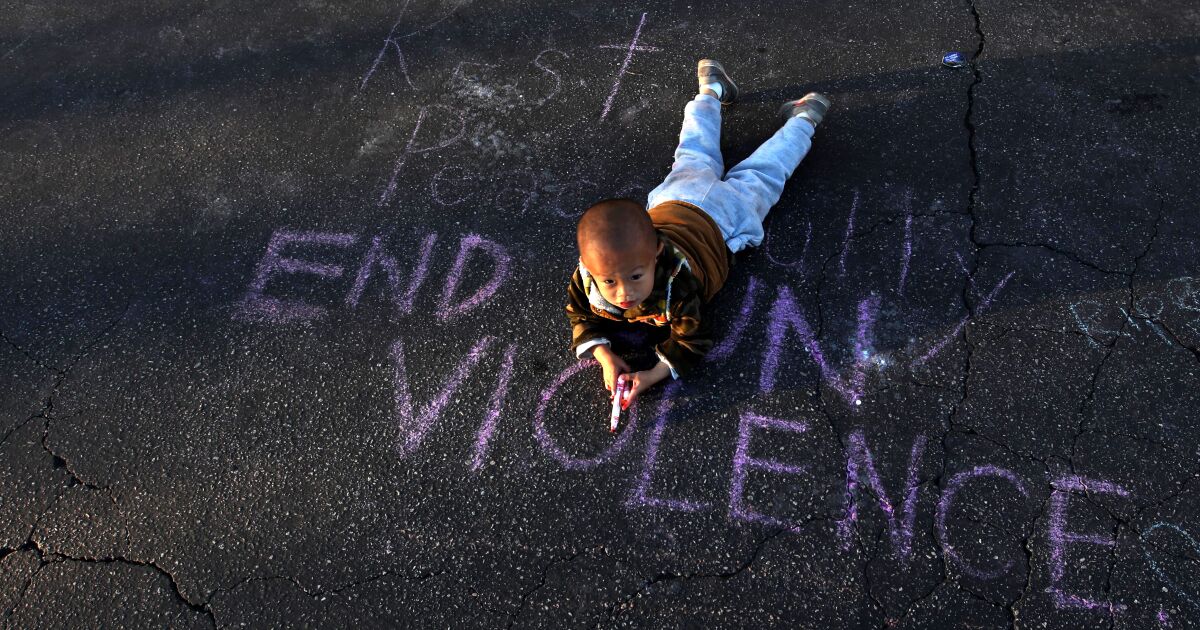Just days after saying the tackle height will be lowered in “all parts of the game” in due time, World Rugby boss Alan Gilpin has backtracked, saying “I don’t think it’s inevitable” the tackle height in rugby will be lowered below the shoulder.
The game was rocked earlier this month when the Rugby Football Union abruptly announced the tackle would be lowered to below the waist in all amateur rugby.
While the decision was criticised widely, World Rugby threw its weight behind the landmark move.
“The RFU obviously is in the process of implementing some changes around tackle height that we support,” Gilpin told The Telegraph.
“Because we know, from all of the research and science and medicine, that lowering the tackle height is a really important part of making the game safer.”
He added: “Yes, we’re looking to make sure that we are implementing a lower tackle height across all parts of the game. How that’s actually implemented is slightly different in the community game to the elite game.”
The Rugby Football Union issued an apology after lowering the tackle height at the amateur level of the game. Photo: David Rogers/Getty Images
Yet, in the face of an internal revolt that threatens to see a special general meeting called that could overthrow chief executive Bill Sweeney, the RFU backtracked on Friday, issuing a grovelling apology after misleading their stakeholders by not using the word “waist” in the resolution that was voted on.
“The RFU Board, Council and executive staff apologise for the anger and concern that has been created among the rugby community by announcing the decision to lower the tackle height from next season,” a RFU statement read.
Speaking to reporters at Allianz Stadium, Gilpin said the pushback was a “concern”.
“Those situations are always concerning,” he said.
“You’d like to think the right level of dialogue now between the community game and the RFU will allow common sense to prevail.”

Alan Gilpin World Rugby CEO (L) admits it’s not inevitable that the elite level of the game will have the legal tackle height reduced. Photo: Aurelien Meunier/Getty Images
Asked whether he thought a lowering of the tackle height below the shoulder was inevitable, Gilpin softened his stance in the face of a wave of criticism.
“I don’t think it’s inevitable,” he said.
“Our approach in the elite game is to use coaching intervention and sanction to try and drive behavioural change through players and coaches.
“We’ve seen behavioural change.
“I know there’s different parts of the world with concerns about what those red cards and yellow cards mean for the shape of the game and for the entertainment spectacle.
“Again, a lot of dialogue and a lot of hard work to understand how we find and trial different variants of that.
“Players are already understanding they need to lower the tackle height at the elite level of the game in order to reduce head contact. Whether we need to make rule change to drive that, I think it’s an area we’re working pretty hard to understand.”

World Rugby fundamentally wants to lower the tackle height at the amateur level of the game. Photo: Cameron Spencer/Getty Images
While World Rugby is fundamentally supportive of a lowering of the tackle height, particularly at the amateur level, Gilpin said it was essential lessons were learned from the RFU’s handling and that all stakeholders were brought along with them with regards to any changes going forward.
“Probably surprised [by the pushback the RFU are experiencing], but again I think that’s about how you communicate the message and land the message and how you take people with you and consult in advance of announcing those changes,” he said.
“Maybe that’s where there’s some lessons to be learned for others.
“We worked hard with New Zealand at the back of last year, who have also made changes to tackle height. They took a slightly different approach to what that tackle height is.
“A lot of the work we’ve been doing is below the sternum where you’ve got this safer zone in a contact sport above the knee and below the sternum from a tackle height perspective.
“The French are in the third year of their trial on that and not only have they seen a reduction in injury, but they have seen an increase in participation because of the perception at the community level that is driving a safer game. That’s the opportunity for everybody.”

Andy Marinos says Rugby Australia will wait to study the data before implementing any changes to the tackle height. Photo: Mark Metcalfe/Getty Images
Rugby Australia CEO Andy Marinos said they would not rush any decision on whether they would look to follow the RFU’s lead, instead preferring to examine the findings elsewhere across the rugby world.
“It is a national union-driven thing and one that is going to require extensive consultation with all our levels if we were to consider that,” Marinos told The Sydney Morning Herald.
“The important thing coming out of all of this is around player safety and player welfare and wellbeing. There is enough evidence to say, ‘yes, head on head is catastrophic, and we have to reduce that’.
“But now we have these different bands, so to speak, about how we look at tackle height, in France and New Zealand and England. Let’s run those trials and let’s get the information.”
Marinos added that any law change to the tackle height had to consider the unintended consequences of making a fundamental change to the game.
“Let’s understand what that is telling us: are we seeing a reduction in concussions? Is it having a material impact on the flow of the game? Is the education around the tackle technique there? Are the match officials able to decipher now whether it is a legal or an illegal tackle? Those are answers that you have to factor in,” he said.
“We are seeing more and more in the professional game is when you are close to the line, you pick and go. Typically you have a very low body position, so it almost becomes impossible to tackle. Does that have to change? There are a lot of subtle nuances we have to understand before I would be comfortable, as Rugby Australia, putting this out for a wider conversation within our rugby community.”
Gilpin, meanwhile, stressed that Australia remained a key stakeholder of the game, particularly with a men’s and women’s World Cup later this decade, and said ensuring the game Down Under supported any changes was essential.
“It’s not safety or spectacle, it’s how do we make the game as safe as possible and a better spectacle?” Gilpin said.
“In some parts of the world, and in an incredibly competitive market here with obviously other codes, making sure fans are excited by what they see, making sure people who are playing the game are excited about what they’re playing, is really important to the whole sport and the growth of the sport.
“That’s why Australia is such an important market to us in the next 10 years because of the opportunities that are here and Rugby Australia, like others, are absolutely committed to working with us and other parts of the game on tackle height other safety initiatives.”





















Discussion about this post